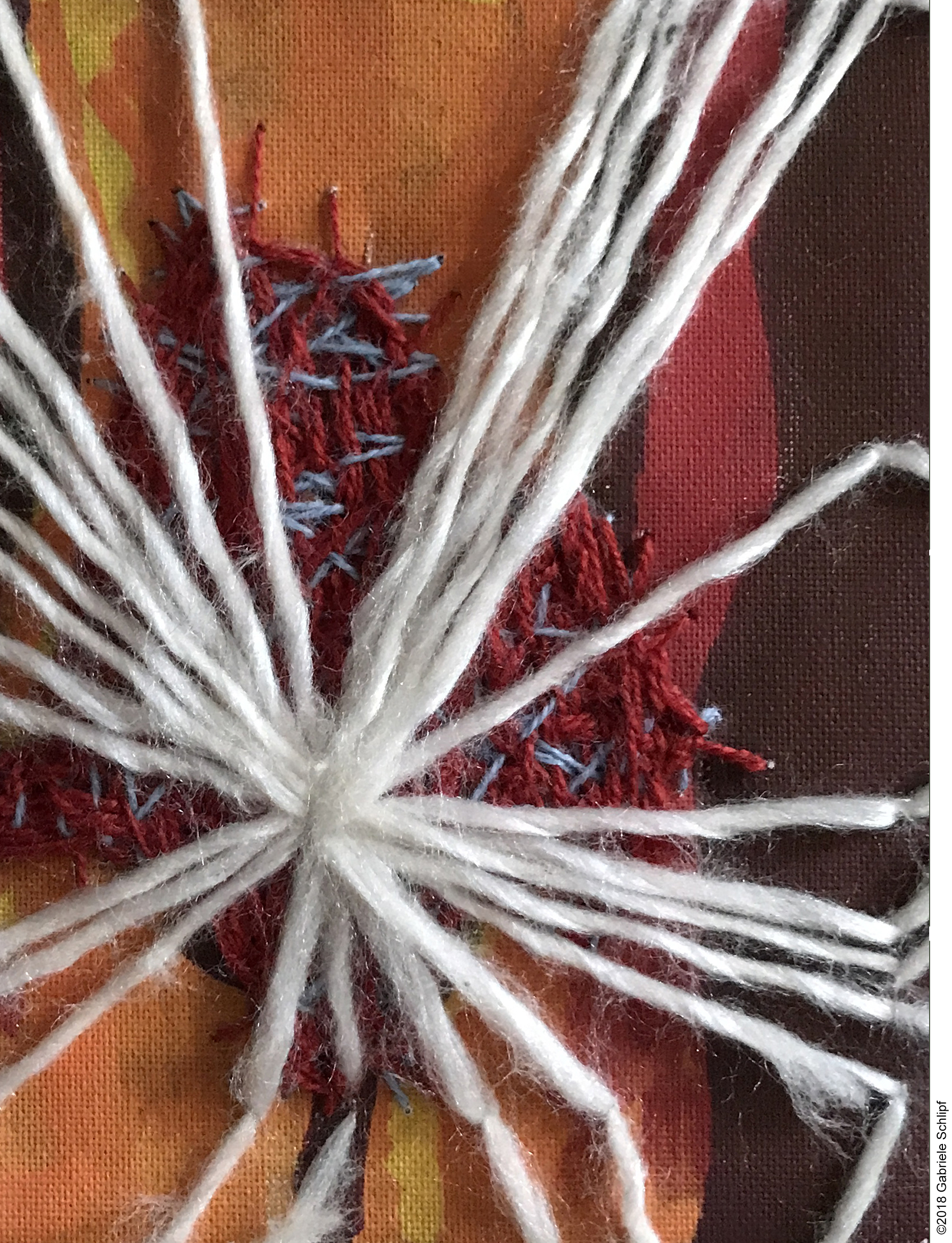Dismantling Structural Racism in Organisational Systems
DOI:
https://doi.org/10.47061/jasc.v3i2.6282Keywords:
colonialism, organizational culture, White supremacy, Black and Indigenous people, people of colour, white people, whitenessAbstract
Globally, our societies are riddled with racism and so are our organisations. While there are many excellent “Diversity, Equity, and Inclusion” (DEI) practitioners tackling racism and promoting racial equity in organisations, we contend that the language of “diversity” and “inclusion” risks diluting the impact of this work. Something stronger may be required to address racism’s tenacious structural character. We propose thinking about this work in organisational systems as more fundamentally “dismantling structural racism.” The dismantling process can be enabled by having a fuller understanding of what structural racism is, and how it affects people working in organisations, as well as by having a deeper appreciation of the history of racism, rooted in colonialism, and serving the ends of economic exploitation. With this greater awareness of how racism is built into, and manifests, in organisational systems, we are better equipped to act in more systemic ways towards dismantling it. In this article, we share some of what we are learning about convening and engaging in organisational systems with the purpose of navigating both structural and cultural change.
References
Ali, M. (2014). Towards a decolonial computing. Ambiguous Technologies: Philosophical Issues, Practical Solutions, Human Nature, 28–35. https://oro.open.ac.uk/41372/
Andrews, K. (2021). The new age of empire: How racism and colonialism still rule the world. Allen Lane.
Bhambra, G. K. (2007). Rethinking modernity: Postcolonialism and the sociological imagination. Palgrave Macmillan. https://doi.org/10.1057/9780230206410
Butler, P. (2023, July 11). UK charity foundation to abolish itself and give away £130m. The Guardian. https://www.theguardian.com/society/2023/jul/11/uk-charity-foundation-to-abolish-itself-and-give-away-130m
Chakrabarty, D. (2007). Provincilizing Europe: Postcolonial thought and historical difference. Princeton University Press.
Coates, T.-N. (2015). Between the world and me. Penguin Random House.
Cole, T. (2012, March 21). The white-savior industrial complex. The Atlantic. https://www.theatlantic.com/international/archive/2012/03/the-white-savior-industrial-complex/254843/?utm_source=scribd
Daniels, S. (2022). The anti-racist organization: Dismantling systemic racism in the workplace. Wiley.
DiAngelo, R. (2011). White fragility. International Journal of Critical Pedagogy, 3(3), 54–70. https://libjournal.uncg.edu/ijcp/article/view/249
DiAngelo, R., & Burtaine, A. (2022). The facilitator’s guide for white affinity groups. Beacon Press.
Dostal, E., Cloete, A., & Járos, G. (2005). Biomatrix: A systems approach to organisational and societal change (3rd ed.). BiomatrixWeb.
Freeth, R., & Caniglia, G. (2019). Learning to collaborate while collaborating: Advancing interdisciplinary sustainability research. Sustainability Science, 15, 247–261. https://doi.org/10.1007/s11625-019-00701-z
Gibbs, C. (2017, March 6). Facebook takes aim at connecting the unconnected. Fierce Wireless. https://www.fiercewireless.com/wireless/facebook-takes-aim-at-connecting-unconnected
Griffith, A. (2023, March 17). Why as an international NGO, we worked ourselves out of a job. Devex. https://www.devex.com/news/opinion-why-as-an-international-ngo-we-worked-ourselves-out-of-a-job-105137
Johnson, W. (2020). The broken heart of America: St. Louis and the violent history of the United States. Basic Books.
Justice Unbound Team (2020). Five reasons for racial affinity groups in anti-racism work. Justice Unbound. https://justiceunbound.org/5-reasons-for-racial-affinity-groups-in-anti-racism-work/.
Kahane, A. (2023). Radical collaboration to transform social systems: Moving forward together with love, power, and justice. Journal of Awareness Based Systems Change, 3(2).
Kim, T. (2018, April 11). Goldman Sachs asks in biotech research report: “Is curing patients a sustainable business model?”. CNBC. https://www.cnbc.com/amp/2018/04/11/goldman-asks-is-curing-patients-a-sustainable-business-model.html
Lopes, T., & Thomas, B. (2007). Dancing on live embers: Challenging racism in organizations (2nd ed.). Between the Lines.
Magee, R. V. (2019). The inner work of racial justice: Healing ourselves and transforming our communities through mindfulness. TarcherPerigee.
Menakem, R. (2015). My grandmother’s hands: Racialized trauma and the pathway to mending our hearts and bodies. Central Recovery Press.
Mindell, A. (1995). Sitting in the fire: Large group transformation using conflict and diversity. Lao Tse Press.
Mindell, A. (2008). Bringing deep democracy to life: An awareness paradigm for deepening political dialogue, personal relationships, and community interactions. Psychotherapy and Politics International, 6(3), 212–225. https://doi.org/10.1002/ppi.173
Ndlovu-Gatsheni, S. (2018). Epistemic freedom in Africa: Deprovincialisation and decolonisation. Routledge.
Okun, T. (2021). (Divorcing) white supremacy culture: Coming home to who we really are. White Supremacy Culture. https://www.whitesupremacyculture.info/
Reed, D. (2020, June 4). White supremacy won’t die until White people see it as a White issue they need to solve rather than a Black issue they need to empathize with [Tweet]. X. https://twitter.com/TeachMrReed/status/1268559506809786368
Reeler, D. (2022). Looking where the light is better: Exploring the ironies of organisational culture change. [Video]. YouTube. https://www.youtube.com/watch?v=ugbDw-rLyck
Rights CoLab. (2021). Re-imagining INGOs (RINGO): Inquiry process synthesis report. Reos Partners. https://rightscolab.org/inquiry-process-synthesis-report/
Saad, L. (2020). Me and white supremacy: Combat racism, change the world, and become a good ancestor. Sourcebooks.
Schueller, J. M. (2005). Analogy and (white) feminist theory: Thinking race and the color of the cyborg body. Signs, 31(1), 63–92. https://doi.org/10.1086/431372
Scottbey Jones, M. (2021). An invitation to brave space. In a. m. brown, Holding change: The way of emergent strategy facilitation and mediation (pp. 80–82). AK Press.
Singleton, G. E., & Linton, C. (2006). Courageous conversations about race: A field guide for achieving equity in schools. Thousand Oaks.
Solon, O. (2017, July 20). It’s digital colonialism: How Facebook’s free internet service has failed its users. The Guardian. https://www.theguardian.com/technology/2017/jul/27/facebook-free-basics-developing-markets#:~:text=“Facebook%20is%20not%20introducing%20people,That%27s%20digital%20colonialism.
Taylor, C. (2004). Modern social imaginaries. Duke University Press.
wa Thiong’o, N. (1993). Moving the centre: The struggle for cultural freedoms. James Currey.
Wilder, C. S. (2013). Ebony and ivy: Race, slavery, and the troubled history of America’s universities. Bloomsbury Publishing.
Wong, K. (2020, May 7). Organizational culture: Definition, importance and development. Achievers. https://www.achievers.com/blog/organizational-culture-definition/
Downloads
Published
How to Cite
Issue
Section
License
Copyright (c) 2023 Rebecca Freeth, Akanimo Akpan, Mahmood Sonday

This work is licensed under a Creative Commons Attribution 4.0 International License.


